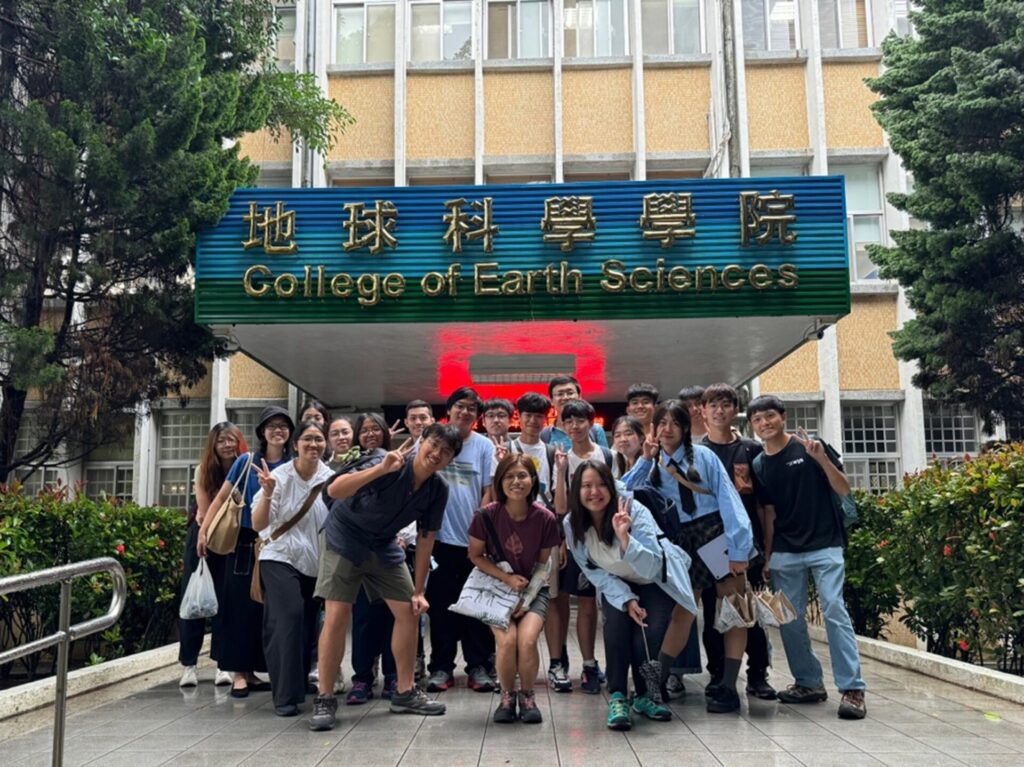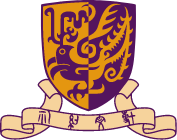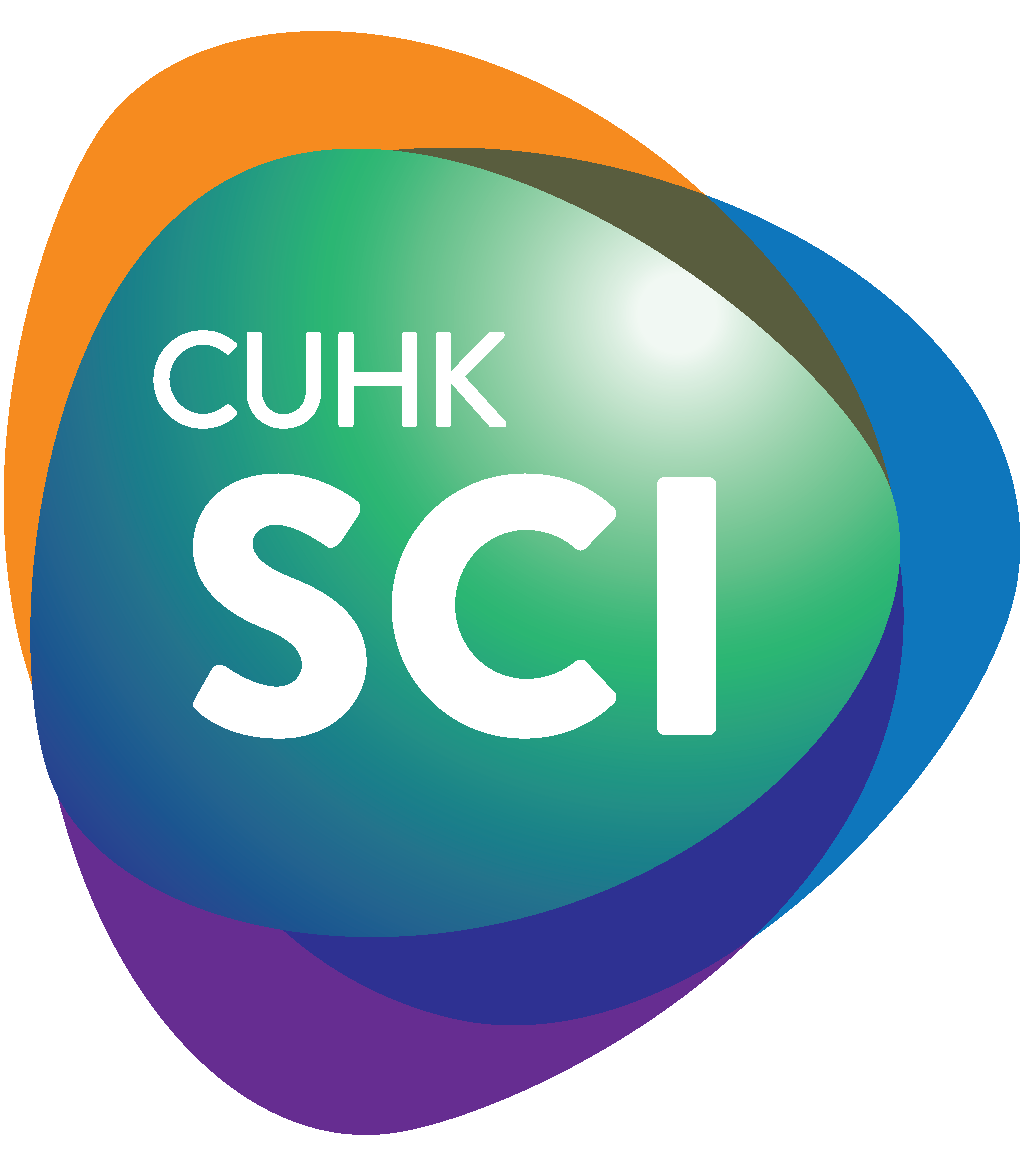Overview
The Department of Earth Sciences at National Central University (NCU) and the Department of Earth and Environmental Sciences (EES) at the Chinese University of Hong Kong have established a Memorandum of Understanding (MOU) to foster collaboration in academic activities. This partnership aims to facilitate research exchanges, professional earthquake visits, and the organization of a geological field-based course conducted annually around the coastal regions of Taiwan. The MOU underscores the commitment of both institutions to enhance educational and research opportunities in earth sciences.
A key highlight of this collaboration is the annual geological field-based course, which takes place from late May to early June. This intensive 14-day program typically enrolls about 12-15 EES undergraduate students and covers a range of topics, including earthquakes, volcanoes, natural resource extraction, rock types, and geological structures. Participants engage in hands-on field studies and visit essential locations such as the local Weather Observatory, wetlands, and research laboratories. The involvement of experienced professors from NCU provides valuable local guidance, improving students’ understanding of Taiwan’s complex geology, natural disasters, and relevant mitigation measures.
CUHK contact(s): Prof. TAN Yen Joe (陳衍佐教授) and Dr. TAM Pui Yuk Tammy (譚佩玉)
NCU contact(s): Prof. Yen Horng-Yuan (顏宏元教授)
MOU initiated on October 27, 2022
Activities

EES students visiting the Department of Earth Sciences at NCU. EES students visited different laboratories and classrooms in the Department of Earth Sciences to observe the latest breakthroughs in Earth Science research at NCU. EES students and NCU students exchanged ideas about university life and the study of Earth Sciences.

EES students visiting Shitiping (石梯坪). Shitiping is a renowned geological hotspot situated in eastern Taiwan, where students can study volcanic sedimentary rocks. The lithology of the rock there allows students to study the characteristics of volcanic rocks, while the rock layers provide insights into the structures of sedimentary rocks. In the photo, students stand in front of a large volcanic bomb, which is evidence of a volcanic origin of the materials forming the rock units in Shitiping.

EES students visiting the 921 Earthquake Museum of Taiwan. This Museum showcases the aftermath of the notorious 921 earthquake that occurred on 21 September 1999. In this photo, students stand in front of the remains of a primary school campus that was destroyed by the 921 earthquake. Guided by the museum tour guides, students gain a glimpse of the scale of destruction an earthquake can bring and how modern construction methods mitigate risks in earthquake-prone areas.



